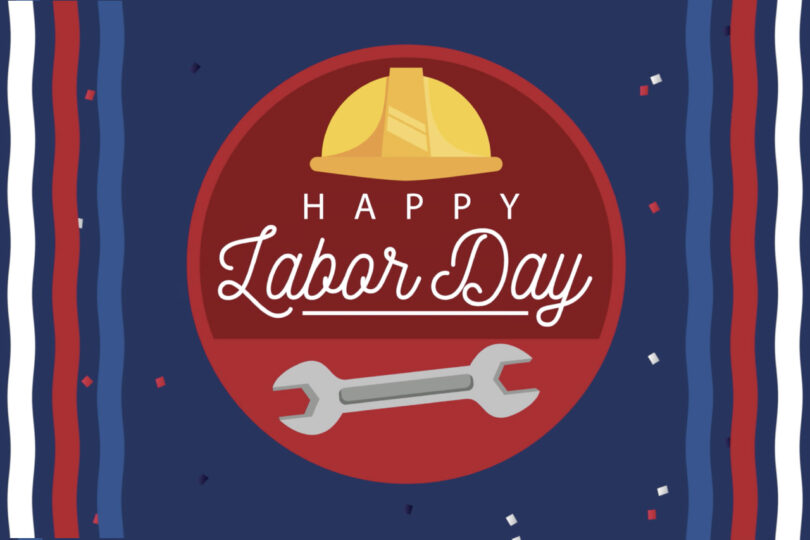It’s Labor Day weekend, summer’s last celebration before the school rhythm sets in, and autumn begins in earnest. So, what is Labor Day and how did it become a federal holiday?
Standard job benefits like weekends off from work, lunch breaks, paid vacation, an eight-hour workday, and social security are the result of the U.S. Labor Movement and its years of hard-fought battles (and the ensuing legislation those battles brought about). On the first Monday in September, we take the day off to celebrate Labor Day and reflect on the American worker’s contributions to our country.
In New York City the first Labor Day holiday was celebrated on Tuesday, September 5, 1882, in accordance with the plans of the Central Labor Union, which held its second Labor Day holiday just a year later, on September 5, 1883. The first governmental recognition came through municipal ordinances passed in 1885 and 1886. From these, a movement developed to secure state legislation, and the first state bill was introduced into the New York legislature, while the first to become law was passed by Oregon on February 21, 1887. By 1894, 23 more states had adopted the holiday, and on June 28, 1894, President Grover Cleveland signed a law making the first Monday in September of each year a national holiday.
More than a century after the first Labor Day observance, there is still some doubt as to who first proposed the holiday for workers. Some records show that Peter J. McGuire, General Secretary of the Brotherhood of Carpenters and Joiners and a co-founder of the American Federation of Labor, was first in suggesting a day to honor those “who from rude nature have delved and carved all the grandeur we behold.”
But Peter McGuire’s place in Labor Day history has not gone unchallenged. Many believe that Matthew Maguire, a machinist, not Peter McGuire, founded the holiday. Recent research seems to support the contention that Maguire, later the Secretary of Local 344 of the International Association of Machinists in Paterson, New Jersey, proposed the holiday in 1882 while serving as Secretary of the Central Labor Union in New York. What is clear is that the Central Labor Union adopted a Labor Day proposal and appointed a committee to plan a demonstration and picnic.
The form that this observance and celebration of Labor Day took was outlined in the first proposal of the holiday—a street parade to exhibit to the public “the strength and esprit de corps of the trade and labor organizations” of the community, followed by a festival for the recreation and amusement of the workers and their families. This became the pattern for the celebrations of Labor Day. Speeches by prominent men and women were introduced later, as more emphasis was placed upon the economic and civic significance of the holiday. Still later, by a resolution of the American Federation of Labor convention of 1909, the Sunday preceding Labor Day was adopted as Labor Sunday and dedicated to the spiritual and educational aspects of the labor movement.



